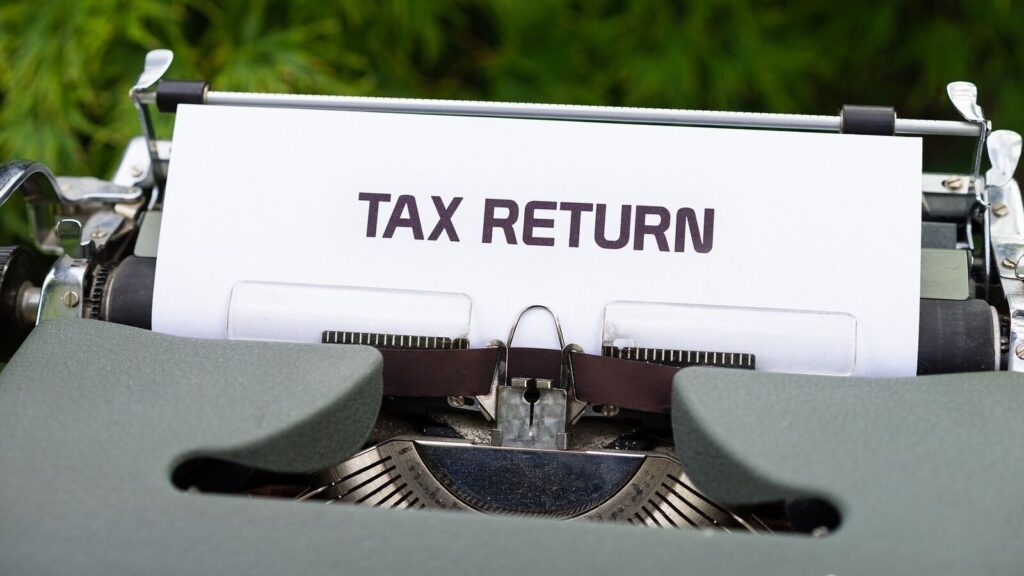Taxpayers should wait until 15 June. This is because banks, employers, and other reporting entities have until 31 May to report specified financial transactions, tax deducted at source (TDS), and tax collected at source (TCS).
Additionally, it typically takes another 7 to 10 days for this information to be processed and reflected in the annual information statement (AIS).
“Taxpayers should wait for SFT (statement of financial transaction), AIS, and 26AS to be updated before filing the ITR. If you file early, you can rectify it before 31 December if there is any change in the income/transactions reported earlier, but why get into the hassle in the first place, specifically when TDS and other transactions get reflected beyond 31 May?” said chartered accountant Ashish Karundia of Ashish Karundia & Co.
Various financial transactions linked to an individual’s permanent account number (PAN) are captured in the AIS and Form 26AS, which the Income Tax Department uses to verify the taxpayer’s claims. While Form 26AS includes transactions where tax was deducted or collected, AIS is more comprehensive. AIS includes 26AS data as well as information on transactions where no tax was deducted, such as savings bank account interest, property transactions, goods and services tax sales, purchases and securities transactions.
What if you file ITR early?
If a taxpayer files ITR before the AIS and Form 26AS are fully updated, it could lead to a mismatch. For example, suppose Mr. A’s employer deducts ₹10,000 per month as TDS from his salary. By March 2025, ₹1.2 lakh would have been deducted for the fiscal year. However, if the employer has not yet reported this to the tax department, since the deadline is 31 May for the last quarter (January to March), the tax department system might only reflect ₹90,000 as TDS (26AS reporting is done quarterly).
The taxpayer may report TDS of ₹1.2 lakh based on salary slips, while the tax department system is reflecting only ₹90,000. Form 24Q (TDS return for salary payments) for the last quarter (January to March) is still to be filed by the employer. This mismatch may trigger a notice from the tax department.
Two scenarios may arise:
If the taxpayer files ITR with income and TDS details for the full year but the TDS or income details aren’t yet updated in the AIS/26AS, they might receive a notice from the tax department. In this case, taxpayers can simply file for rectification, asking for reprocessing of the ITR once AIS and 26AS are updated.
If the taxpayer only reports data for nine months and files the ITR, the portal will capture income or TDS for just those nine months. When the AIS and 26AS are updated, the tax department system may show a higher income/TDS. In such cases, the taxpayer must file a revised return by 31 December. If this deadline is missed, an updated return can be filed later within the specified deadlines, but it may involve paying additional tax and interest.
In addition, SFT, which records high-value activities like large credit card payments, purchases/sales of bonds, shares, mutual funds, and cash deposits exceeding ₹10 lakh, is also finalised by 31 May as banks, brokers, AMCs, and other reporting agencies file SFTs by this deadline. SFT data forms part of the AIS, which also includes details on tax payments, refunds, outstanding demands, foreign remittances, foreign currency purchases, and more.
What should you do?
Experts advise taxpayers to wait for AIS and 26AS to be fully updated before filing their returns. For example, employers typically release Form 16 around 15 June, which includes detailed information on salary and TDS. To avoid a mismatch, experts recommend filing returns only after AIS is fully updated.
“Taxpayers can use the interim period to compile their financial information for the full year and be prepared to reconcile it with the AIS once it’s updated. If any transactions are reported incorrectly in AIS, taxpayers can raise a correction request through the portal,” said Sonu Iyer, partner and national leader, people advisory services-tax, EY India.
Non-salaried individuals with no interest income and only capital gains can file an early ITR, but only if they didn’t sell a capital asset in the last quarter of 2024-25, as this will most likely not be reflected in AIS yet.
Karundia said individuals having fixed income, such as interest, rental income, etc., and where no tax is deducted/deductible, may consider filing returns early. In situations where tax is deducted/collected, it is important to disclose the entire amount of tax deducted/collected (whether or not TDS/TCS is reflected in 26AS at the time of filing) while filing the tax return, since a claim of TDS can be made only through filing ITR and not otherwise.
Also Read: New income tax bill provisions grant wide search powers to authorities, make privacy of taxpayers vulnerable
To be sure, the IT department has notified all ITR forms for assessment year 2025-26, but has yet to release the utilities.
“Taxpayers should not rush to file ITR immediately after the utilities are released,” said Laxmi Ahirwar, partner at P.R. Bhuta and Co.
Source:https://www.livemint.com/money/personal-finance/income-tax-return-itr-filing-deadline-tsc-tds-high-value-transactions-capital-gains-interest-income-ais-sft-26as-11747374378550.html

